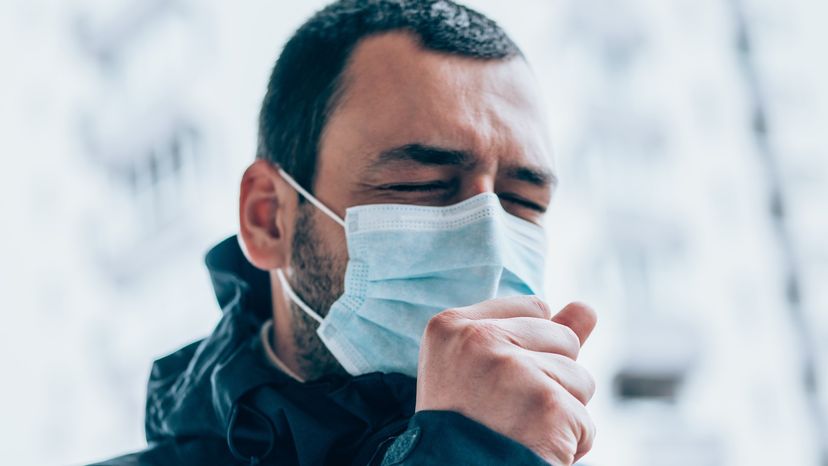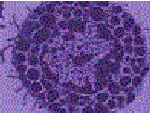
Inside your body there is an amazing protection mechanism called the immune system. It is designed to defend you against millions of bacteria, microbes, viruses, toxins and parasites that would love to invade your body. To understand the power of the immune system, all that you have to do is look at what happens to anything once it dies. That sounds gross, but it does show you something very important about your immune system.
When something dies, its immune system (along with everything else) shuts down. In a matter of hours, the body is invaded by all sorts of bacteria, microbes, parasites... None of these things are able to get in when your immune system is working, but the moment your immune system stops the door is wide open. Once you die it only takes a few weeks for these organisms to completely dismantle your body and carry it away, until all that's left is a skeleton. Obviously your immune system is doing something amazing to keep all of that dismantling from happening when you are alive.
Advertisement
The immune system is complex, intricate and interesting. And there are at least two good reasons for you to know more about it. First, it is just plain fascinating to understand where things like fevers, hives, inflammation, etc., come from when they happen inside your own body. You also hear a lot about the immune system in the news as new parts of it are understood and new drugs come on the market -- knowing about the immune system makes these news stories understandable. In this article, we will take a look at how your immune system works so that you can understand what it is doing for you each day, as well as what it is not.



